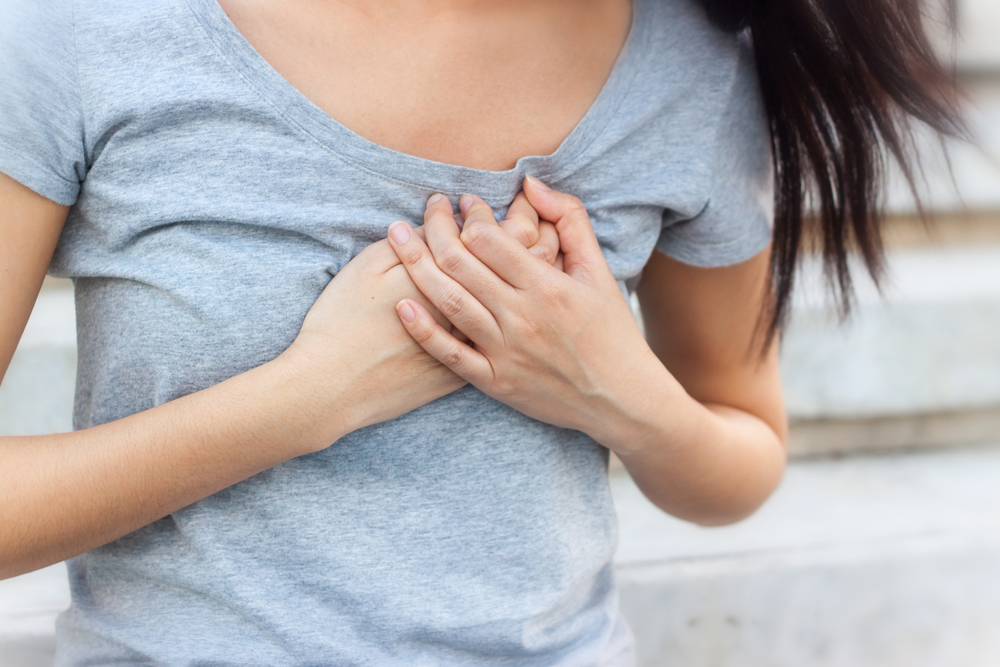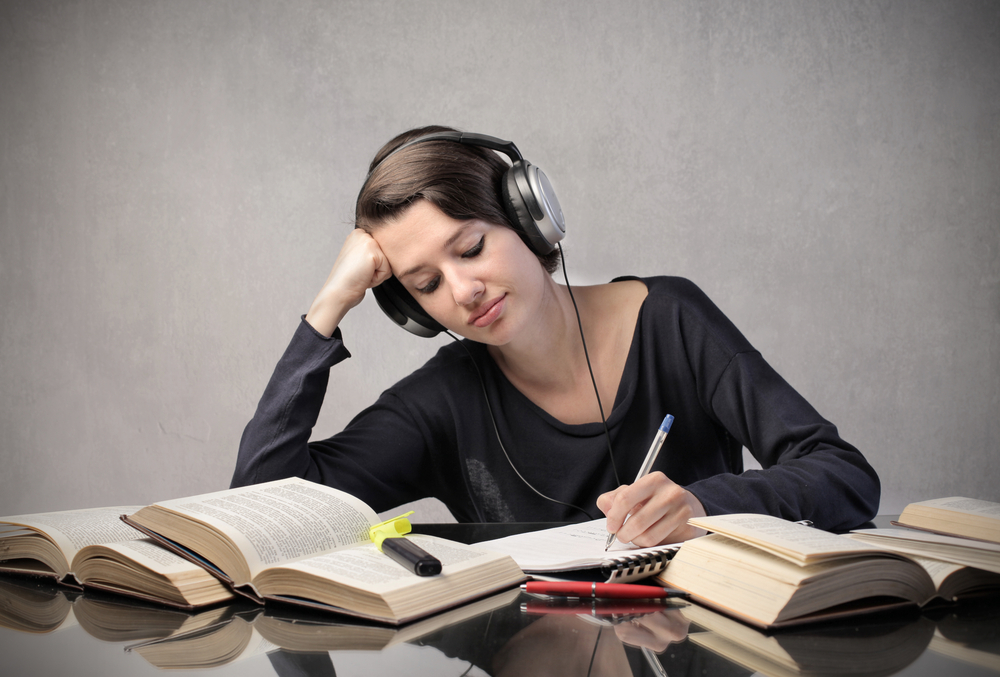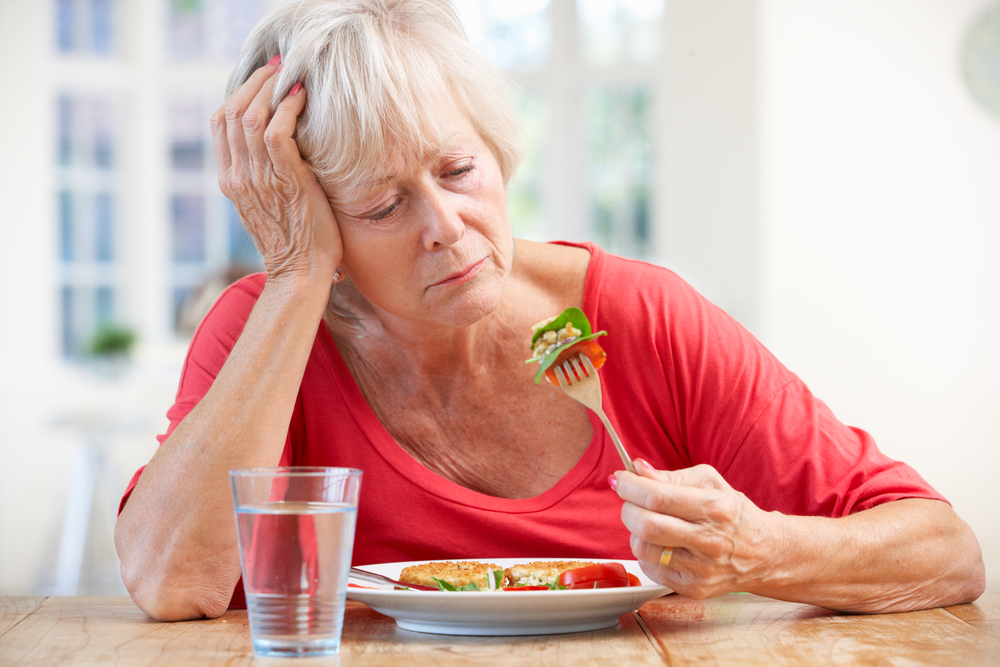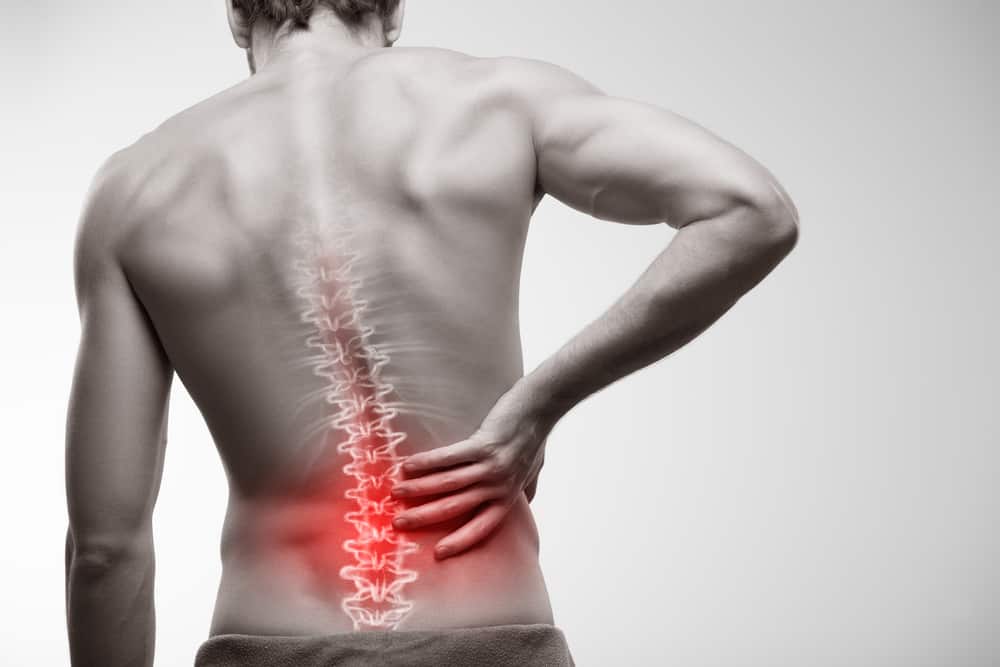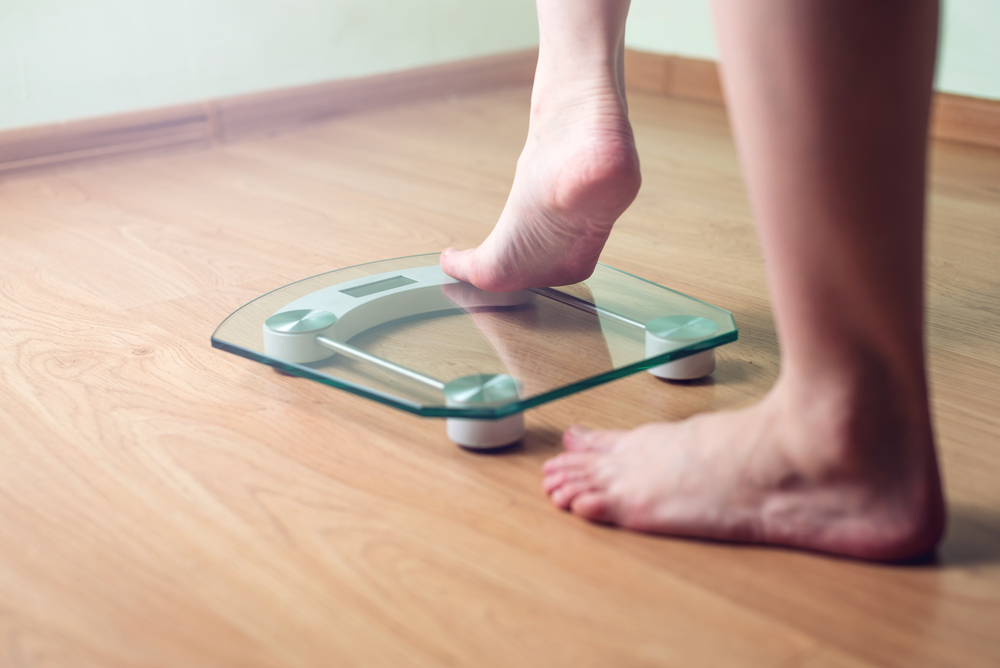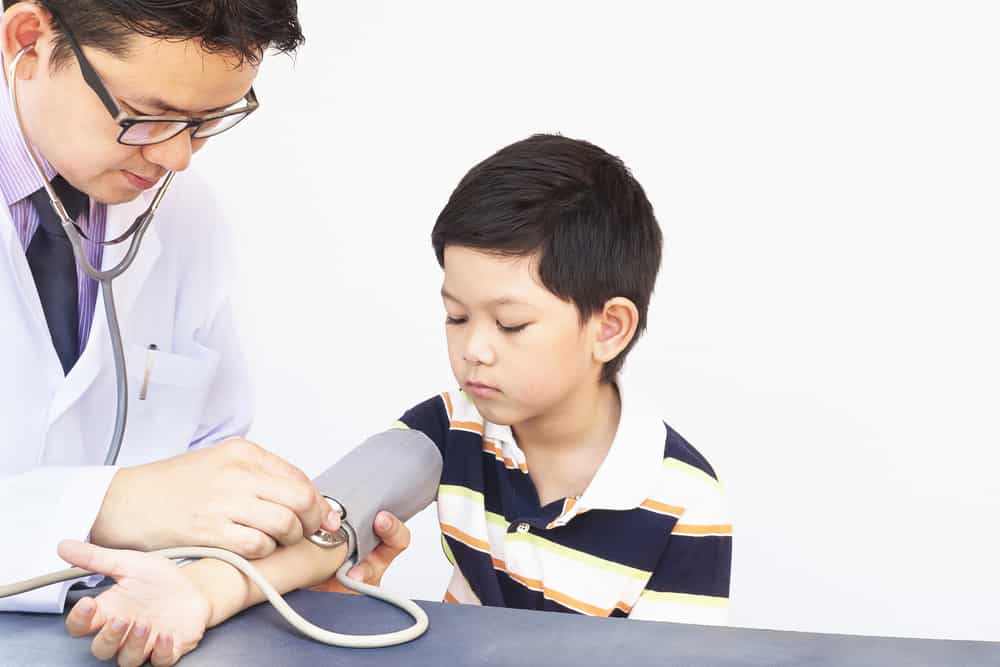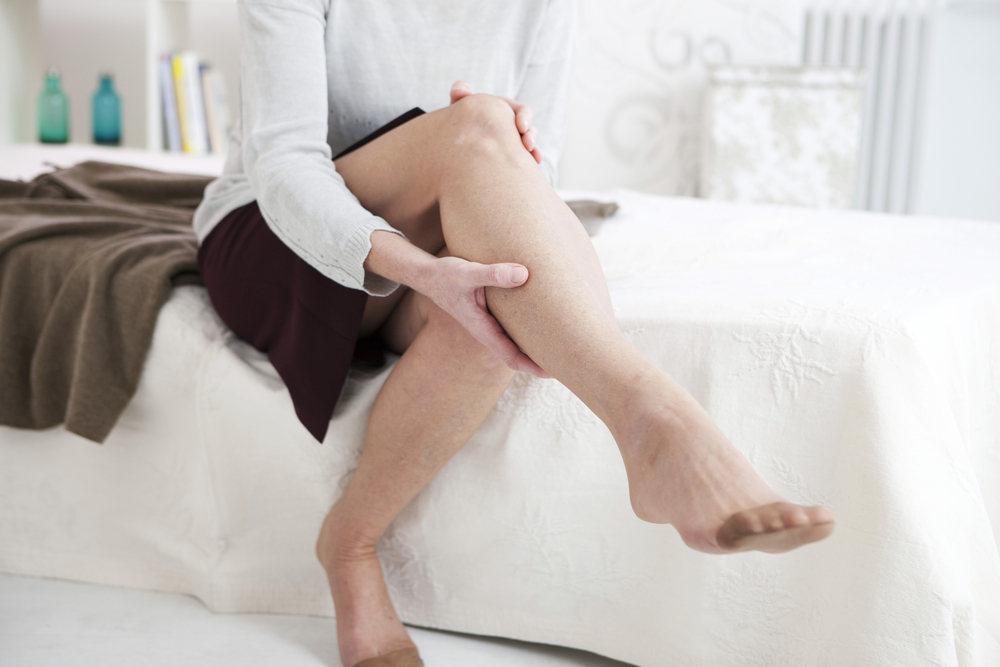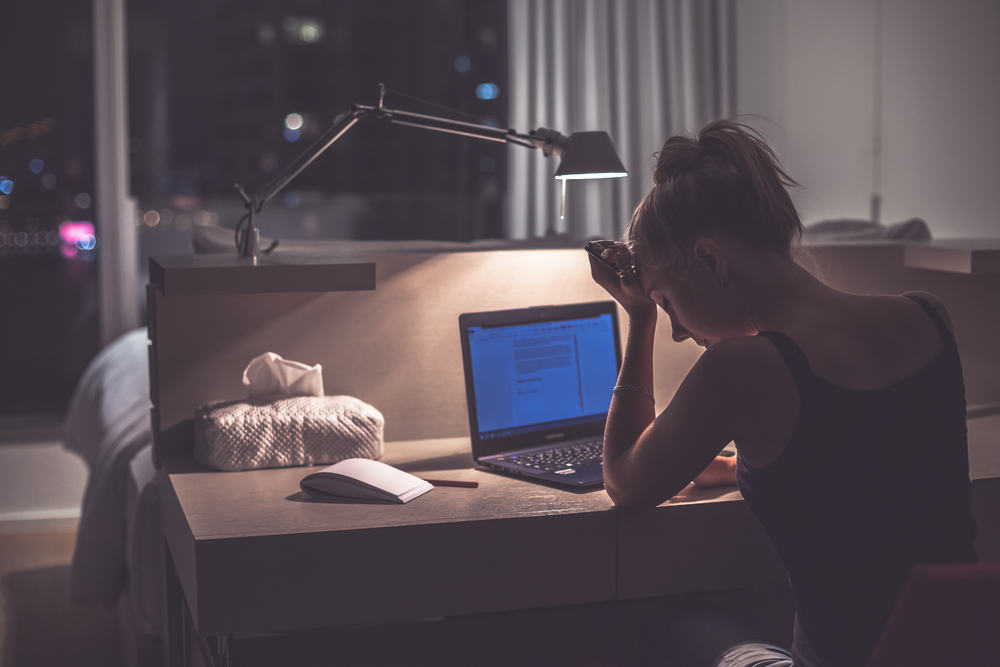Contents:
- Medical Video: Extra Beats Causing Heart Problems
- What causes heart palpitations when standing suddenly?
- Other possible causes
- Signs and symptoms of postural orthostatic tachycardia
- Diagnosis of postural orthostatic tachycardia
- How do you deal with palpitations when standing suddenly?
Medical Video: Extra Beats Causing Heart Problems
Some people sometimes complain of their head and dizziness after standing up suddenly. However, there are also those who feel heart palpitations when standing after rising from sitting. Is this normal? What caused it?
What causes heart palpitations when standing suddenly?
The heart palpitates when standing suddenly caused by a condition called postural orthostatic tachycardia syndrome (POT syndrome). This increase in heart rate is influenced by the Earth's gravitational force when you change position, for example from sitting long or lying down and immediately standing fast. Another symptom that may appear is a sensation of dizziness and a shaky body due to sudden drop in blood pressure.
Normally, blood will gradually flow down to your feet as soon as you stand up slowly from sitting or lying down. But when you stand in a hurry, the earth's gravitational force is forced to withdraw most of the flow of blood flowing rapidly towards the feet and pooling in the lower blood vessels. Imagine the swift flow of waterfalls.
As a compensation effort, the brain forces the heart to work extra hard to pump more blood so that it can be channeled to other parts of the body. The work of the heart that gets harder will increase the heart rate, and at the same time, tighten the blood vessels and reduce blood pressure. This mechanism actually aims to restore blood pressure as usual.
Other possible causes
In addition to sudden changes in posture, complaints of heart palpitations when standing suddenly might also be related to conditions:
- Pregnancy
- Too long lying (bed rest)
- Only experienced physical trauma
- Have serious injuries
- Heart disorders that cause changes in the function of the heart or blood vessels
- Nerve damage or lower body nerve function disorders
- Too long to experience stress
Most cases of heart palpitations when standing only occur occasionally, especially when posture changes occur suddenly in a fast time.
If you experience it often, you should consult your doctor further. Some diseases can also cause symptoms of postural orthostatic tachycardia, such as:
- Autoimmune disease
- Diabetes and prediabetes
- Epstein-Barr virus infection
- Mononucleosis infection
- Hepatitis C infection
- Disease multiple-sclerosis
- Lyme disease
- Murmur syndrome
- Ehlers Danlos syndrome
- Nutritional deficiencies, especially anemia
Signs and symptoms of postural orthostatic tachycardia
Someone is said to have POT syndrome when his heart rate increases to 30-40 beats after 10 minutes of standing. Postural orthostatic tachycardia syndrome can also be diagnosed when suddenly the heart rate increases to 120 beats per minute after 10 minutes of standing.
In addition to heart palpitations when standing and sudden drop in blood pressure, postural orthostatic tachycardia also has other symptoms that can be mild to disrupt activities, including:
- Nausea and want to vomit
- Pain in the hands and feet
- Feeling dizzy, dizzy, kliyengan's head
- Sudden fatigue
- Having tremor
- The body feels weak, weak
- Easy to feel anxious
- Breathless
- Chest pain
- Discoloration of the hands and feet without cause
- Difficult to concentrate
- Cold sensation on the tips of the fingers or feet
- Digestive problems (constipation or diarrhea)
Diagnosis of postural orthostatic tachycardia
If you often experience this condition, you should immediately consult a doctor. The doctor can do a physical examination related to the symptoms you experience to confirm the diagnosis.
An examination that might be done by a doctor is to check the heart rate. Postural orthostatic tachycardia syndrome can be detected by seeing an increase in heart rate up to 40 beats / minute for children aged 12-19 years, and an increase of up to 30 beats / minute for adults over 19 years. Symptoms and increase in heart rate must occur at least for the past six months.
Doctors may also use assistive devices such as tilt table test to monitor the heart rate when the body experiences posture changes and heart rhythm checks with an electrocardiogram (ECG).
How do you deal with palpitations when standing suddenly?
Until now there is no antidote for relieving symptoms of postural orthostatic tachycardia syndrome as a whole. But your doctor will likely give you medication to help improve your blood flow, such as:
- Beta blockers.
- SSRI.
- Flurdrocortisone.
- Midodrine.
- Benzodiazepines.
Some other things you can try to relieve the symptoms of postural orthostatic tachycardia are:
- Maintain body fluid balance by drinking lots of water and limiting salt intake.
- Avoid drinking lots of caffeine or alcohol.
- Routine physical activity. Just a light physical activity such as walking regularly can increase blood flow and maintain heart health.
- If you get tired easily, choose a sport that can be done in a sitting position like yoga or using a static bicycle.
- Maintain blood pressure within normal limits
- Make a sleep schedule on time.
- Use headwear that is higher than the surface of the body when sleeping.

